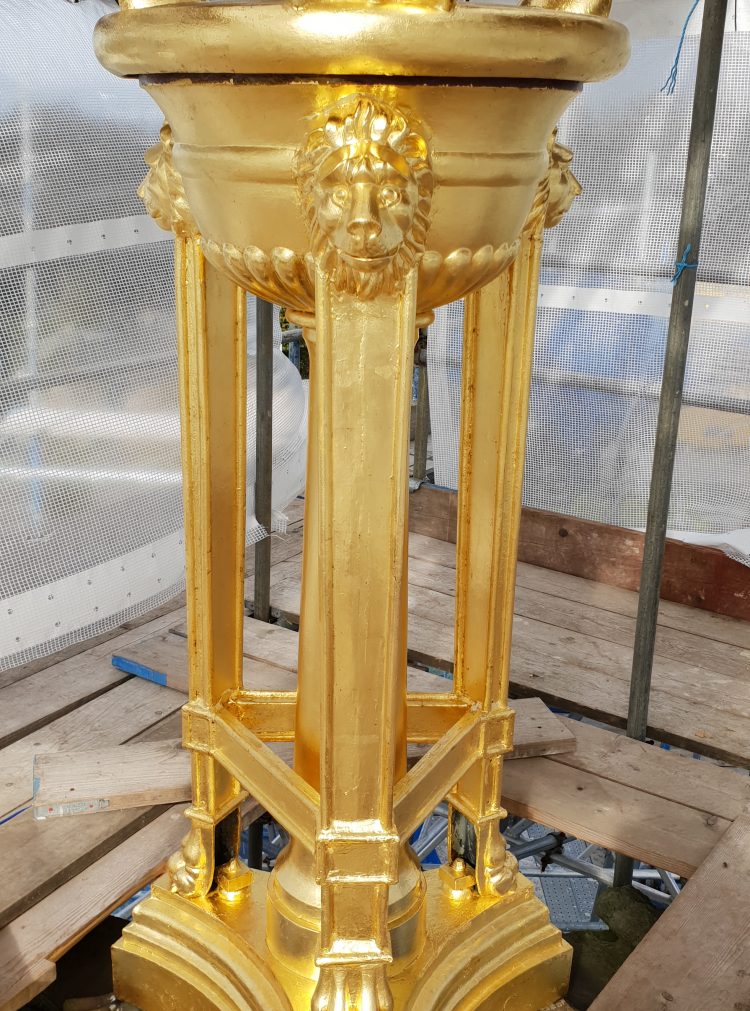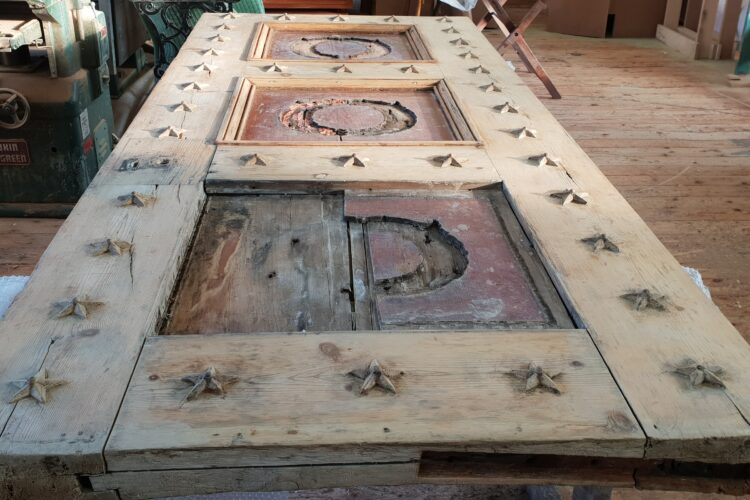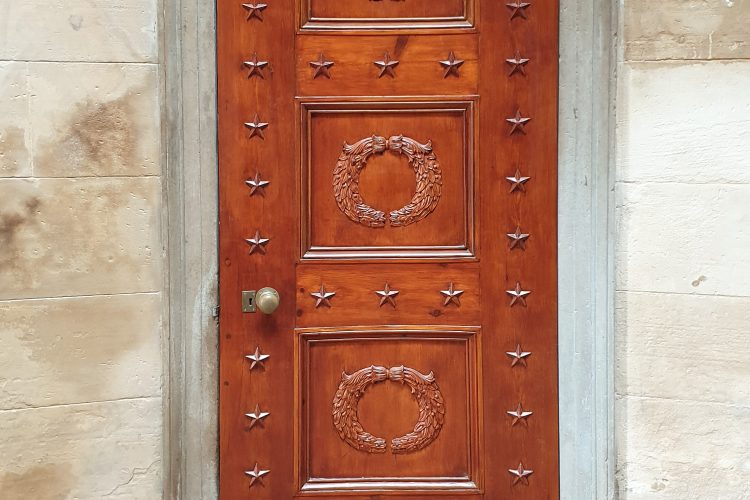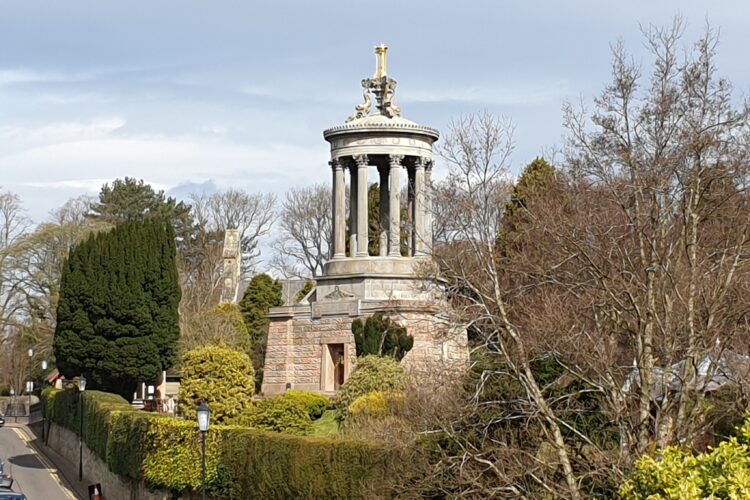Burns Monument is one of Scotland’s finest Greek Revival buildings, a historic and iconic memorial to Burns in his native Alloway. The monument was designed by the renowned Thomas Hamilton Junior and built between 1820-23. It is of outstanding historical, architectural, cultural and visual significance, afforded the highest level of protection of Category A by Historic Scotland. The structure occupies a prominent position and is viewed most strikingly when approaching Alloway from the south. The classical design and elevation make it a highly visible landmark. It sits in an ornamental garden high on the banks of the River Doon, overlooking the famous bridge celebrated in poetry and song by Burns.
Our quinquennial condition survey of the Robert Burns Birthplace Estate had identified major defects with the Monument, including significant voiding resulting in ongoing water penetration and long term deterioration of the fabric. In addition to this, decorative masonry had become loose and many significant features such as the cast iron cupola, copper finial, gas flares, timber doors and fittings were in very poor condition. Leadwork was also missing from the flat roofs. The internal chamber is an exquisitely executed space, almost unchanged from its original form. Decaying modern finishes and insensitive services were detracting from the aesthetic and damaging the fabric beneath. The building was at significant and increasing risk of permanent damage and loss of architectural detail.
We were appointed by the National Trust for Scotland as conservation accredited lead consultant to design, specify and oversee comprehensive fabric repairs which included lime grouting of ashlar masonry, replacement of masonry elements, masonry repairs, roof repairs and replacement coverings, drainage repairs, removal of inappropriate surface finishes, joinery repairs and decoration. Other considerations included the installation of a new discreet low output energy-efficient heating system, to help drive out damp from the masonry over time, reinstatement of lost architectural features and schemes, DDA improvements, lighting installation, security strategy, audience engagement and outreach.
Specialist investigations were carried out and these included the use of thermography equipment to identify intramural voids and water pathways through the structure of both the upper and lower domes, and through the base of the structure through the wall core. A major part of the repair works required wall core grouting and repointing.
The Monument is imbued in symbolism taken from the Greek culture, freemasonry and Burns himself. Where new interventions were required, these were carefully designed in accordance with this symbolism. A transcribed letter from Thomas Hamilton to his builder referred to a gowan (mountain daisy) on the carved pediment above the exterior niches. Here, a daisy can be seen in the centre of the anthemion – a departure from the classical Greek. Hamilton had requested this as a “celebration to one of Burns’ finest poems”. This idea was incorporated within the design for the new grille and cupola with radiating ‘petals’ half way up the grille. From beneath, looking up through the cupola, a daisy pattern can be seen.
The restoration works have been a great success and a rededication ceremony was held in July 2019, on the anniversary of the poet’s death. The international recognition for Burns and his work is evident in the support for the project by many individual donors and organisations in Scotland and beyond, including the National Trust for Scotland Foundation USA. We were privileged to be a part of this team helping to ensure the legacy of Burns continues.





